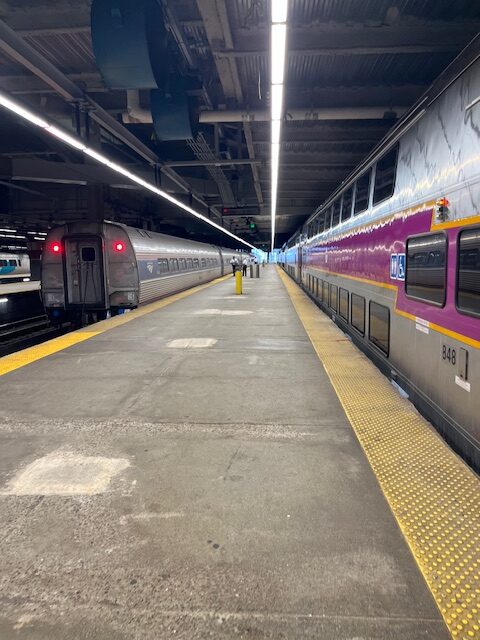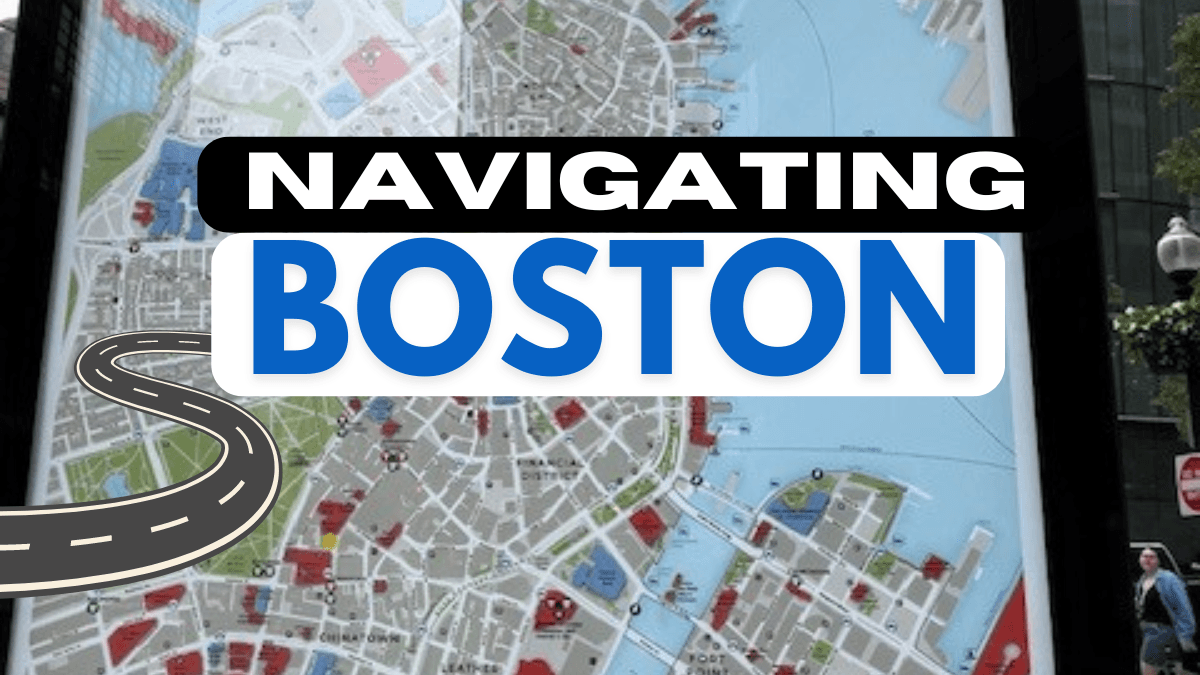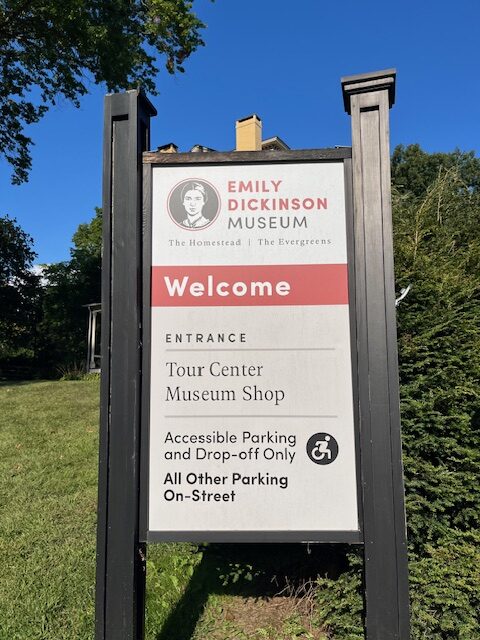Navigating Boston: 7 Essential Tips for First-Time Planners on Getting into the City
Navigating Boston: 7 Essential Tips for First-Time Planners on Getting into the City ASAP! Facebook Youtube Tiktok Instagram Table of Contents Navigating Boston Boston is a city with a lot to offer, from its rich history to its vibrant neighborhoods and scenic waterfront. Visit our list of the Must…
Navigating Boston: 7 Essential Tips for First-Time Planners on Getting into the City ASAP!
Table of Contents
Navigating Boston
Boston is a city with a lot to offer, from its rich history to its vibrant neighborhoods and scenic waterfront. Visit our list of the Must See Places in Boston for those who have a quick 24 Hours.
The city was built long before the use of cars, so its layout can be a bit tricky to navigate. If you’re planning your first trip here, you might feel a bit overwhelmed. But don’t worry. With the right information, you can navigate the city with ease. Here’s a straightforward guide on how to get into Boston and what you need to know to make your visit smooth and enjoyable.
P.S. We just came back from Boston, and we learned quite a few things on how to navigate this city during this most recent trip and will share our insights.

Arriving by Air: Logan International Airport
Logan International Airport (BOS) is the primary airport serving Boston. Located just a few miles from downtown, it’s one of the busiest airports in the United States and offers numerous domestic and international flights. Here’s what you need to know about getting into the city from Logan:
Transportation Options from Logan
- Taxi/Rideshare: Taxis and rideshare services like Uber and Lyft are readily available at Logan. The ride to downtown Boston takes about 15-30 minutes, depending on traffic.
- Public Transit: The MBTA’s Silver Line (SL1) bus service offers a free ride from Logan to South Station in downtown Boston. From there, you can connect to other MBTA lines.
- Shuttle Services: Various shuttle services provide transportation to hotels and key areas in the city. Be sure to check with your hotel if they offer a complimentary shuttle service.
If you are flying out of Logan and wish to leave your vehicle behind, Park, Fly, Shuttle in East Boston, about 2 miles from the airport, served us well. They were quick to shutle us to the airport (good if you run late), and they had a shuttle bus ready to go upon our arrival. We left our vehicle in the parking lot in the entry as requested and they park your vehicle for you and move it toward the lot when you are ready to pick up. It was quick and very convenient and the staff was so friendly and helpful.
Tips for Air Travelers
We cannot stress how important it is to leave early when en route to the airport. Boston can be unforgiving and expected when driving, meaning traffic can form at any time and can back up quickly. It’s best to leave with ample time so you can get to your destination without the added stress of having to navigate traffic.
- Arrive Early: Logan can get busy, especially during peak travel times. Arrive at least two hours before domestic flights and three hours before international flights.
- Explore Logan: The airport has a variety of shops, restaurants, and amenities to keep you occupied if you have some time before your flight.

Traveling by Train: Amtrak
For those preferring to travel by train, Amtrak offers several routes that connect Boston to major cities across the Northeast and beyond. Key Amtrak services to Boston include:
Major Amtrak Routes
- Acela Express: A high-speed service that runs between Boston and Washington, D.C., with stops in New York City and Philadelphia.
- Northeast Regional: A more affordable option that also connects Boston to major cities along the Northeast Corridor.
- Lake Shore Limited: A long-distance route that runs from Chicago to Boston, passing through cities like Cleveland and Albany.
Boston’s Amtrak Stations
- South Station: The main hub for Amtrak services, located in downtown Boston. It’s well-connected to the MBTA’s Red Line, buses, and commuter rails.
- Back Bay Station: Another major Amtrak stop, conveniently located near the Back Bay and South End neighborhoods.
Related: 24 HOURS in Boston – Travel Guide
Related: 10 Places to Visit in Cape Cod
Related: Stay Here Next Time in Boston
On another trip in the city, we elected to travel back to our destination via Amtrak. It was a pleasant experience overall, as the train was convenient, less stress than driving in traffic, affordable and the seats had plenty of room to stretch out.
Arriving by Bus: Regional and Long-Distance Buses
Bus travel is a cost-effective way to get into Boston, with several companies offering regional and long-distance services. Some of the main bus operators include:
Major Bus Operators
- Greyhound: Provides extensive coverage across the United States with several daily trips to and from Boston.
- Megabus: Known for its affordable fares and express services to cities like New York, Philadelphia, and Washington, D.C.
- BoltBus: Offers low-cost, comfortable travel options with routes connecting Boston to other major cities in the Northeast.
In addition to Greyhound and Peter Pan, several other bus companies provide local and regional service into Boston. These include:
- C&J Bus Lines: Provides transportation between Boston and cities in New Hampshire, including Portsmouth and Dover.
- Concord Coach Lines: Offers daily bus service connecting Boston with destinations in Maine and New Hampshire, such as Portland and Bangor.
- Peter Pan Bus Lines: Alongside Greyhound, Peter Pan provides extensive coverage from Boston to cities throughout the Northeast, including New York, Providence, and Hartford.
These bus services operate from various terminals in Boston, with South Station being a major hub for intercity bus travel. It’s advisable to check each company’s website or contact them directly for the most up-to-date schedules and route information.
In order to experience Boston in a variety of transportation methods to become intimately acquainted, we took a Peter Pan bus into the city and had a great experience. The drive was on time, and arrived in Boston south station with no issues.
Boston Bus Terminals
- South Station: The primary terminal for most bus services, offering easy connections to the MBTA.
- Logan Airport: Some bus operators also have stops at Logan, providing convenient access for air travelers.
Driving into Boston: Road Tips and Parking
If you’re planning to drive into Boston, here are some essential tips to navigate the city’s roads and find parking:
Driving Tips
- Traffic: Boston is notorious for its traffic, especially during rush hours. Plan your trip to avoid peak times if possible.
- Road Layout: Boston’s road layout can be confusing, with many one-way streets and narrow lanes. Use a reliable GPS or navigation app to help you get around.
- Tunnels and Bridges: Be aware of the major tunnels (like the Ted Williams and Sumner Tunnels) and bridges (such as the Zakim Bridge) that connect different parts of the city.
Parking in Boston
- Street Parking: Metered street parking is available but can be hard to find. Pay attention to parking signs and regulations to avoid fines.
- Parking Garages: Several parking garages and lots are available throughout the city, offering hourly and daily rates. Some popular options include the Boston Common Garage and the Prudential Center Garage.
- Park and Ride: Consider using park-and-ride facilities on the outskirts of the city and taking public transportation into downtown.
Navigating Boston: Public Transportation
Boston’s public transportation system, operated by the Massachusetts Bay Transportation Authority (MBTA), is one of the most efficient ways to get around the city.
MBTA Services
- Subway (The “T”): The subway system has four main lines (Red, Orange, Blue, and Green) that cover most of the city and surrounding areas.
- Bus: The MBTA operates an extensive bus network that reaches areas not covered by the subway.
- Commuter Rail: For trips to the suburbs and beyond, the commuter rail offers convenient service from several downtown stations.
Tips for Using Public Transit
- CharlieCard: Purchase a CharlieCard for discounted fares and easy transfers between subway and bus lines.
- Schedules and Maps: Check the MBTA website or download their app for real-time schedules, maps, and service alerts.
- Safety: Public transit in Boston is generally safe, but it’s always a good idea to be aware of your surroundings, especially at night.
Exploring by Foot and Bike
Boston is a highly walkable city with many attractions located close to each other. Walking and biking are excellent ways to explore the city’s neighborhoods and sights.
Walking Tours
- Freedom Trail: A 2.5-mile-long path that leads you to 16 historic sites, starting from Boston Common.
- Beacon Hill: Wander through this picturesque neighborhood with its cobblestone streets and historic homes.
Biking
- Bluebikes: Boston’s bike-share program with stations throughout the city. It’s a convenient and eco-friendly way to get around.
- Bike Lanes and Paths: Boston has an extensive network of bike lanes and paths, making it easy and safe to explore by bike.
Helpful Tips for First-Time Visitors
Weather
- Seasonal Variations: Boston experiences four distinct seasons. Summers can be hot and humid, while winters can be cold and snowy. Spring and fall are generally mild and pleasant.
- What to Pack: Depending on the season, pack appropriate clothing. Always bring comfortable walking shoes and a good jacket, as the weather can change quickly.
Accomodations
- Book Early: Boston is a popular destination, so it’s wise to book your accommodations well in advance, especially during peak travel times.
- Neighborhoods: Consider staying in neighborhoods like Back Bay, Beacon Hill, or the Seaport District for easy access to major attractions.
Safety
- General Safety: Boston is a safe city, but like any major urban area, it’s important to stay vigilant and aware of your surroundings.
- Emergency Contacts: Familiarize yourself with local emergency numbers and the location of the nearest hospital or medical facility.
Local Etiquette
- Tipping: It’s customary to tip service staff in restaurants, bars, and hotels. The standard rate is 15-20% of the total bill.
- Jaywalking: Although common, jaywalking is illegal in Boston. Use crosswalks and wait for pedestrian signals.
With its unique history, diverse neighborhoods, and historical and cultural scene, Boston is a city that’s worth exploring. Whether you’re arriving by air, train, bus, or car, there are plenty of options to get into the city and navigate it efficiently. By planning ahead and knowing what to expect, you can ensure a smooth and enjoyable visit to this historic city.
navigating Boston navigating Boston navigating Boston navigating Boston navigating Boston navigating Boston navigating Boston navigating Boston navigating Boston







